Read a bit of this site, and you’ll discover that I’m obsessed with drive units. So much power. So much mystery. How does that little thing on my bottom bracket make this bike so fun? The conventional components on an e-MTB are critical, and they make a huge difference in terms of performance. But do you need me to write an article about how good the new Fox Factory 38 fork is?
Maybe you do — how could I know? Instead, I’m fascinated by the differences in e-bike drive units. It just so happens that I had a terrific opportunity this summer to do a long-term back-to-back comparison between a Bosch Performance Line CX and a Specialized Turbo Full Power 2.2 motor. Their output numbers are quite similar, but their design philosophies are from different planets.
Here’s how these two leading full power e-MTB motors compare in terms of the user experience, app, and riding performance.
Bosch vs. Turbo: By the Numbers
| Bosch Performance Line CX | Specialized Turbo Full Power 2.2 | |
| Torque | 85nm | 90nm |
| Battery Capacity | 750wh | 700wh |
| Max Wattage | 600w | 565w |
| Display | Kiox 300 | Mastermind TCU |
I’ll set the stage by pointing out that these two motors, in their configurations on a Cannondale Moterra Neo LT (Bosch) and a Specialized Turbo Levo Carbon (Turbo), produce similar numbers. Whatever you end up riding, you’ll enjoy similar performance. But that’s only the beginning of the story.
Controls and Integration: Specialized vs. Bosch
If you can perceive such minor differences in motor performance as those detailed above, you’re hired. I’ll give you a log in to Direct Current, and you can start tomorrow. Instead, most folks like me will immediately home in on the touch points and integration (or lack thereof).
When I look at the two bikes in my garage, I see two very different approaches to cockpits. Frankly, the Cannondale is a bit more cluttered. You have the Bosch LED Remote up against the left grip and the Kiox 300 display over the stem. For some, having information about their e-bike immediately available with color-coded LEDs and a large display is a plus. You can even navigate with the Kiox when your phone is connected. The Kiox mount is pretty versatile, allowing you to mount it out front for better visibility, but I opted to keep it out of harm’s way.

Fortunately, Bosch offers a number of configurations, since its drive units are found in so many e-bikes. In the spring, I rode a Crestline, which had a Mini-Remote to change assist modes and a System Controller display, which is integrated into the frame’s top tube. I prefer this layout, but not every frame manufacturer chooses to build the System Controller into their design, hence the Kiox display.
The Levo’s Turbo motor is far more integrated, making it a bit subtler. There is a simple handlebar remote just inboard of the left grip with two buttons for more or less pedal assist and two additional buttons for walk mode or to change the display. That display is housed in the top tube. It’s small, making it tough to read on a fast, bumpy trails, but it blends into the rest of the bike. Again, some people like lots of info about their e-bike, while others set their TCU to stealth mode and don’t even know how much battery is left.
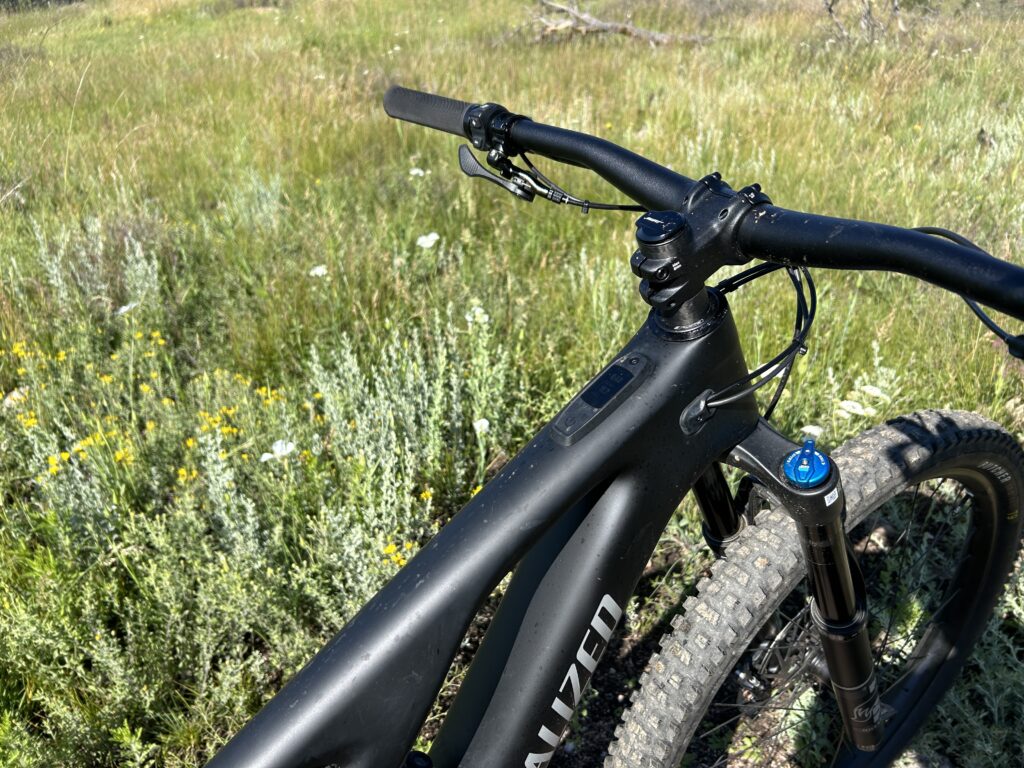
Also in the category of integration, the Turbo drive unit has a hub-mounted speed sensor, while in this application on the Moterra, the Bosch CX has a spoke mounted magnet. This is purely an aesthetic consideration, but I can’t imagine why you wouldn’t prefer the most hidden and integrated sensor. For that, Bosch makes a wireless speed sensor, but that was not built into this particular Cannondale, alas.
Bosch Flow App vs. Specialized App
I’ve already reviewed the Specialized app, so I won’t go too deep on that, but in general, I think you have to engage with your e-bike’s corresponding smartphone app to get the most out of its drive unit. Yes, mountain bikers are getting dragged kicking and screaming into the age of connected tech, but it’s inevitable.
Bosch’s Flow app is quite intuitive, and was easy to set-up when I unboxed the Moterra. It prompts you to make firmware updates, and provides lots (and lots) of information about each update, if you need some light reading.
Tuning assist modes is easy with the Flow app, although I will say that the visual XY plot on the Specialized app makes it easier to compare your modes. The Bosch app simply shows + or – numbers relative to the stock setting for a given mode. It does the job, but if we’re comparing UX, visuals win out for me.

Unlike the Specialized app, the Flow app automatically starts recording when it’s connected to your e-bike, which is nice, if you are prone to forgetting the ▶️ button.
Given that I’ve only ridden local stuff that I know by heart, I haven’t messed with navigation on the Flow app. Since Bosch drive units are employed on a huge range of e-bikes, you could imagine how useful phone navigation, combined with heads-up directions on your Kiox, would be for riding around cities or exploring new places.
For me, the top priorities for an e-MTB app are motor tuning and ride recording. In the case of both the Specialized and Flow apps, they pass muster. Once I was familiar with their nuances, I had no complaints.
Performance Comparison: Bosch vs. Specialized Turbo
Okay, so I put this section at the end because I was dreading it, and maybe by now you stopped reading. Just kidding. Kind of.
The thing is, it’s pretty difficult to objectively compare motor performance between two very similar offerings. Like I said at the top, they throw similar torque and power specs. Their batteries are equally beefy.
Here’s an easy one: The Bosch drive unit has four assist modes to offer, while Specialized has three. More is better? Keep it simple? On both bikes, you can fine-tune the different assist modes, which goes a long way toward getting the motor performance you prefer. Hypothetically, I feel better about having four modes so I can set up three for performance and use Eco as a very efficient bail-out mode, in case I’m far from home with a low battery. In practice, that’s never happened.
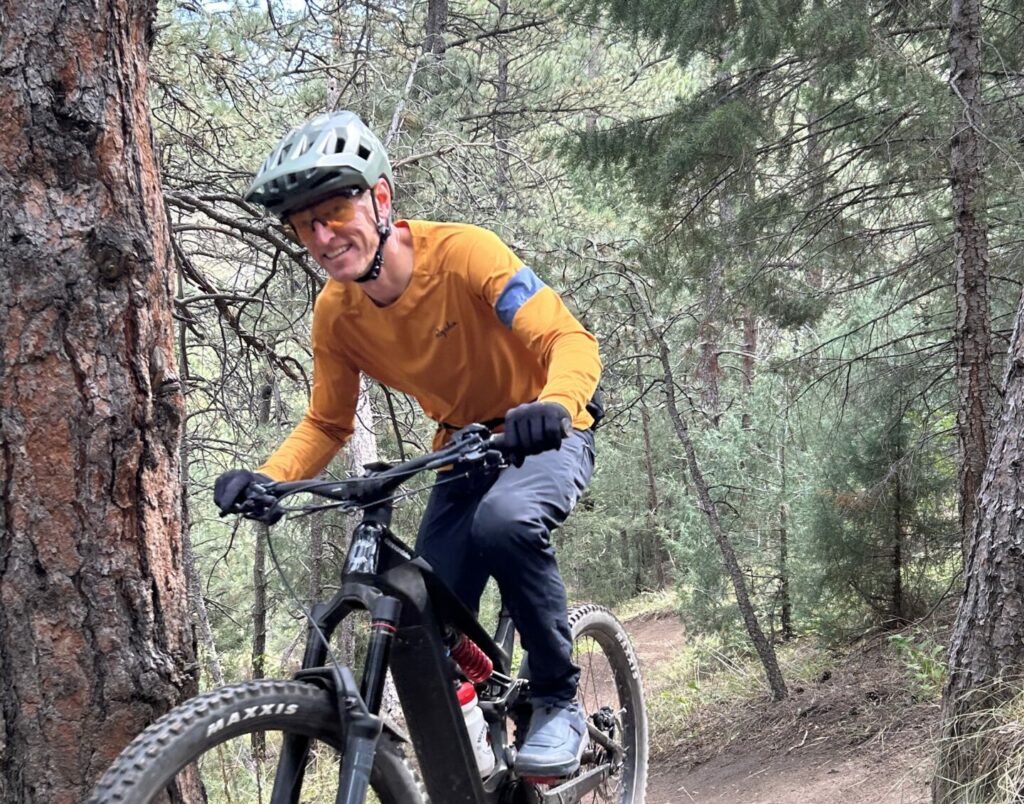
Motor noise is often a concern. In that regard, I think the Turbo is slightly quieter, especially at lower outputs. The Bosch CX seems to always produce a steady whine, which is noticeable, but not what I’d consider loud. When the Turbo winds up, it gets nearly that loud; it just has a bit more range, I suppose.
In terms of power delivery, it felt like the Specialized Turbo was a bit smoother off the top across all of its assist modes. The feel of the Bosch drive unit’s power delivery varies, depending on which pedal assist mode you’ve selected. The Performance Line CX is particularly smooth and natural in eMTB and Tour+ modes. These offer dynamic power delivery, whereas its Turbo mode is linear. Those two dynamic modes feel very similar to the Specialized Turbo drive unit.
For kicks, I tried increasing the Bosch’s Turbo assist mode and quickly got to a point where it was unnaturally powerful with minimal pedal input. It was easy enough to revert to factory settings, after learning firsthand what that linear power delivery felt like.
At the very top of the assist speed range (20mph on both bikes), the Performance Line CX drive unit felt like it backed off its assist ever so slightly when you tickled 19-20mph. The Turbo motor just cut off immediately when I reached the maximum assist speed. Honestly, this doesn’t matter much to me, because 20mph on a mountain bike feels extremely fast. For off-road riding, I think it would be better to govern e-MTBs closer to 15mph, but the horse has left the barn on that one. All I’m saying is that there is a slight difference between these drive units, but I don’t think it matters much.
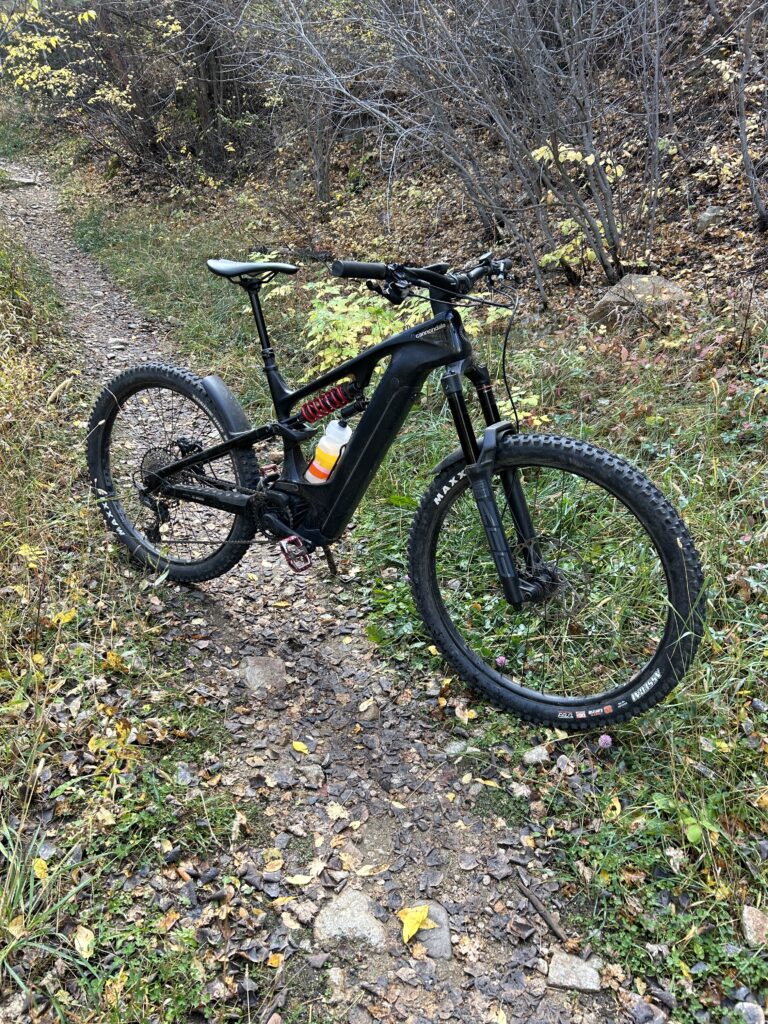

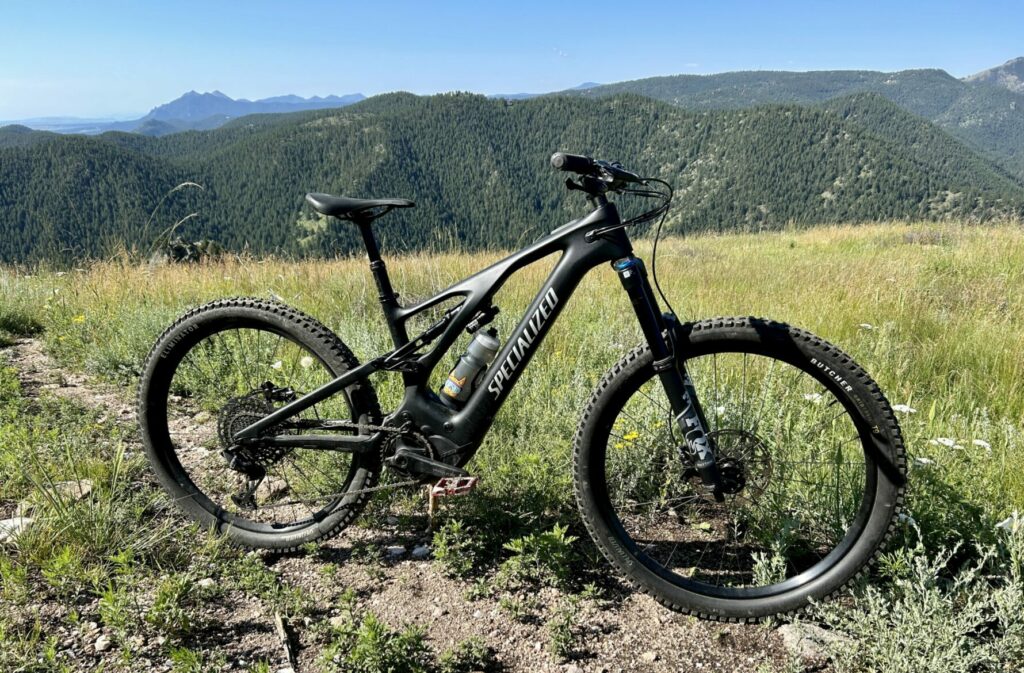
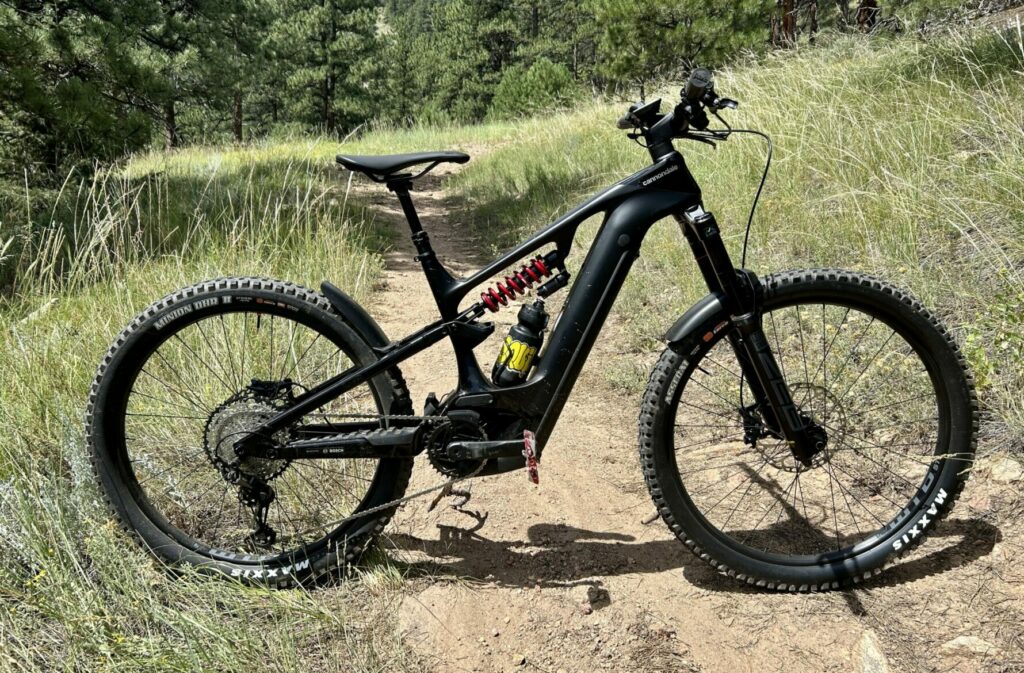
Conclusion
Well I’ve done it again. It’s a comparison review that doesn’t really pick a winner. That’s reality. These two drive units are different routes to the same destination.
A lot of it comes down to rider preference in terms of ergonomics and user experience. Some of it can also be related to what brands and models use which drive unit — you’re certainly not going to find a Specialized bike built with a Bosch motor! Some of the decision rests on your appetite for integration and proprietary components. The Turbo drive unit is exclusive to Specialized, for better or for worse. Bosch is a ginormous corporation that makes everything under the sun. As such, their e-bike options are quite vast, and replacement parts are plentiful. You do, however, have to always use Bosch parts.
In the end, this review is less about convincing you to choose one over the other and more about prompting you to think a little more about the drive units when you shop for an e-MTB. After all, if it didn’t matter, we’d all still be riding conventional mountain bikes, right?

4 thoughts on “Motor Comparison: Specialized Turbo 2.2 vs. Bosch Performance Line CX”
Great review for everything except what really matters on the trail. The biggest difference while riding competing EBike drivetrains has always been assist response firmware for “ linear” assist compared to rider effort, as well any “lag” or “surge” in boost.
Your reverie answers every question except the one that really matters on the trail. Which system wins the most natural pedaling feel, for a rider experience where the boost seamlessly matches rider pedaling effort?
Hey Wayne, that is a good point. It is tough to pin down and articulate. I think overall the Turbo has more of that progressive assist you’re talking about. The Bosch drive unit has that progressive feel in both EMTB and Tour modes, while the Turbo and Eco modes are linear. That can also be tuned in the app, so some of it comes down to how you set it up for your preferences. So, the answer to your overall question is that the Turbo is seamless across modes, while the Bosch is MOST seamless in EMTB and Tour, but still pretty dang smooth in the other two modes.
Interesting. Would love to try (or at least read about) a comparison between the Full powered Specialized Levo Brose motor and the new Sram/Brose motor. I’d imagine pretty similar with the 3 -vs- 2 power modes being one difference.
Yes, I’m definitely curious too. To that end, it would be interesting to compare the Shimano Di2 auto-shift with the SRAM auto-shift. I rode the former at Sea Otter and was pretty impressed.